In the modern era, Information Technology (IT) stands as the cornerstone of global progress, revolutionizing the way we live, work, and interact. From enhancing communication to driving innovation, the benefits of Information Technology permeate every aspect of society. In this comprehensive exploration, we delve into the myriad advantages that IT brings to individuals, businesses, and the world at large. Let’s explore in this article, what are the benefits of information technology.
Measuring What Are the Benefits of Information Technology
Measuring the benefits of information technology (IT) entails assessing its impact across various dimensions of an organization or society. Firstly, IT enhances efficiency by streamlining processes, automating tasks, and reducing manual errors, leading to cost savings and improved productivity. Secondly, IT facilitates better decision-making through access to real-time data, advanced analytics, and predictive modeling, enabling organizations to make informed choices and seize opportunities proactively. Thirdly, IT fosters innovation by enabling the development of new products, services, and business models, driving competitive advantage and market differentiation. Fourthly, IT enhances communication and collaboration, breaking down geographical barriers and enabling seamless information sharing among individuals and teams. Lastly, IT contributes to societal benefits such as improved access to education, healthcare, and public services, fostering economic development and social inclusion. Overall, measuring the benefits of IT involves evaluating its contributions to efficiency, decision-making, innovation, collaboration, and societal advancement.
Introduction: Embracing the Digital Age

The advent of Information Technology has ushered in a digital revolution, transforming the world into a global village interconnected by the vast web of technology. From the proliferation of smartphones to the emergence of cloud computing, the impact of IT is unmistakable, reshaping economies, industries, and lifestyles.
Enhancing Communication and Connectivity

1. Instantaneous Communication
Information Technology has revolutionized communication, enabling instantaneous exchange of information across vast distances. Email, instant messaging, and video conferencing platforms have transcended geographical barriers, fostering seamless connectivity among individuals and organizations worldwide.
2. Global Networking
Social media platforms and online forums facilitate networking on a global scale, connecting individuals with shared interests, professional aspirations, and cultural affinities. These virtual communities serve as hubs for collaboration, knowledge sharing, and collective action, transcending boundaries and fostering cross-cultural understanding.
Empowering Business and Innovation

1. Streamlined Operations
Information Technology streamlines business operations through automation, data analytics, and digital workflows. Enterprise resource planning (ERP) systems, customer relationship management (CRM) software, and supply chain management solutions optimize processes, enhance efficiency, and drive cost savings.
2. Facilitating Innovation
IT fuels innovation by providing tools and platforms for research, development, and experimentation. From advanced modeling and simulation software to collaborative project management platforms, technology empowers innovators to explore new frontiers, iterate rapidly, and bring groundbreaking ideas to fruition.
Revolutionizing Education and Learning

1. Access to Knowledge
Information Technology democratizes access to education and knowledge, breaking down barriers to learning and expanding opportunities for lifelong learning. Online courses, digital libraries, and educational apps provide learners with diverse resources and flexible learning pathways tailored to their needs and preferences.
2. Interactive Learning Experiences
IT enhances learning experiences through interactive multimedia content, virtual simulations, and gamified learning platforms. These immersive technologies engage learners, foster creativity, and facilitate hands-on exploration, making education more engaging, effective, and accessible to learners of all ages and backgrounds.
Transforming Healthcare and Well-being

1. Telemedicine and Remote Monitoring
Information Technology revolutionizes healthcare delivery through telemedicine, remote monitoring, and digital health platforms. Patients can consult healthcare professionals, access medical records, and receive personalized care remotely, improving access to healthcare services, especially in underserved areas.
2. Health Informatics and Data-driven Insights
IT enables health informatics, leveraging big data analytics and artificial intelligence to derive insights from vast volumes of healthcare data. Predictive analytics, personalized medicine, and population health management empower healthcare providers to make data-driven decisions, enhance patient outcomes, and advance medical research.
Fostering Economic Growth and Prosperity

1. Digital Economy
Information Technology drives economic growth by fostering the development of digital economies fueled by e-commerce, digital payments, and online marketplaces. Digital entrepreneurship, remote work opportunities, and digital skills training initiatives empower individuals and businesses to thrive in the digital age.
2. Bridging the Digital Divide
IT initiatives bridge the digital divide by expanding access to technology infrastructure, internet connectivity, and digital literacy programs. By ensuring equitable access to digital resources and opportunities, IT empowers marginalized communities, fosters social inclusion, and reduces socioeconomic disparities.
Ensuring Cybersecurity and Privacy

1. Cybersecurity Measures
Information Technology plays a crucial role in safeguarding digital assets and protecting against cyber threats. Robust cybersecurity measures, including encryption, firewalls, and multi-factor authentication, fortify digital infrastructure, mitigate risks, and preserve the integrity and confidentiality of sensitive information.
2. Data Privacy Regulations
IT governance frameworks and data privacy regulations ensure compliance with legal and ethical standards for data protection and privacy. Regulatory frameworks such as the General Data Protection Regulation (GDPR) establish guidelines for data collection, processing, and storage, safeguarding individuals’ rights and fostering trust in digital ecosystems.
Conclusion: Embracing the Transformative Power of Information Technology
In conclusion, the benefits of Information Technology are manifold, encompassing communication, innovation, education, healthcare, economic growth, and cybersecurity. As we navigate the complexities of the digital age, embracing the transformative power of IT is essential for harnessing its potential to create a more connected, inclusive, and prosperous world. By leveraging Information Technology responsibly and ethically, we can navigate the challenges and opportunities of the digital era, shaping a future where technology serves as a catalyst for positive change and human flourishing.
Also Read:




